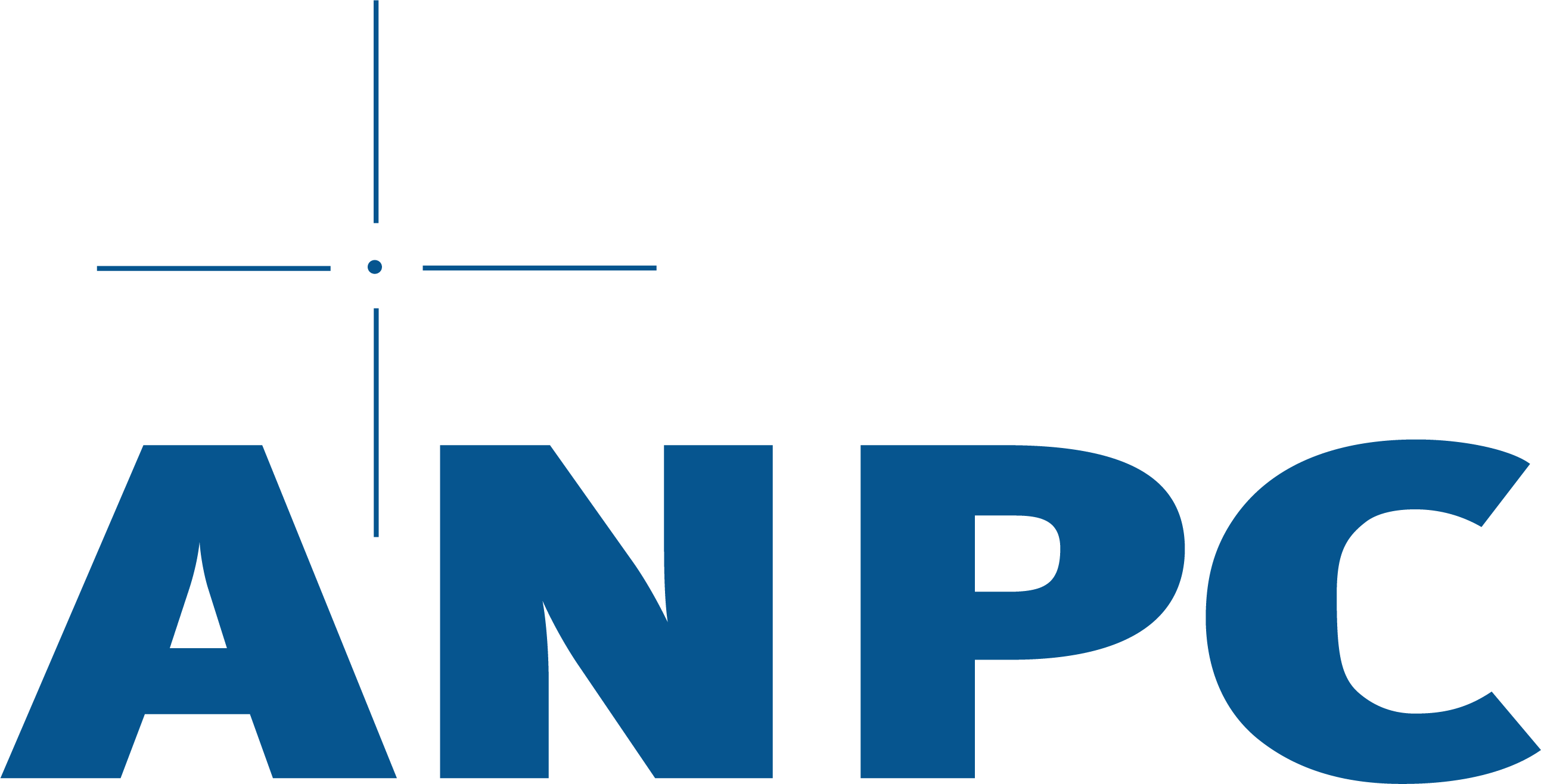
We Make the Impossible Journey Possible
About Us
History of the TLS
The company was founded in 1991 to benefit general aviation and expand overall airspace capacity by providing all-weather approach and landing capabilities to regional and municipal airports surrounded by rugged terrain or obstacles, beneath or adjacent to a runway’s final approach path. The Instrument Landing System has provided this capability to larger commercial airports for over forty years, but cannot provide sufficient guidance accuracy where reflections from obstacles interfere with its radio transmissions.
Thus, ANPC’s founders developed the Transponder Landing System (TLS), a ground-based guidance system capable of supplying vertical and horizontal approach guidance to terrain-challenged airports, while at the same time utilizing ILS airborne equipment to minimize operator costs. ANPC is a transponder multilateration pioneer having deployed the first ground-based bi-static radar in 1991. TLS benefits from the best combination of time-of-arrival multilateration and phase measurement (interferometer) technology, with an ILS uplink to provide a combination of radar, ILS and PAR functionality that is extraordinary and unmatched in the world.
Local Area Multilateration System (LAMS) Emerges
The TLS has inherently been a secondary surveillance system since its inception. During 2009, the surveillance parts of the hardware and software that comprise TLS were isolated into the product line LAMS, which provides a solid-state area surveillance capability with no moving parts, low cost of installation and maintenance, and accuracy that surpasses any SSR system on the market today. LAMS can be deployed to full operational capacity in less than 2 hours by a small team of qualified technicians., certainly the fastest deployment possible of any available SSR or multilateration system.
The Future of Air Traffic Management
The global aviation environment is faced with imminent change in the way air traffic is managed. The growing demands on airspace capacity will necessitate not only additional runway ends, but decreasing separation minimums, particularly in the terminal environment. To accomplish this, air traffic management systems will have to coordinate from a common data set for reduced controller workload and positioning integrity.
ANPC sees its technology, which uniquely combines the critical functions of terminal surveillance and approach guidance, as an important first step towards achieving integration and synchronization within air traffic management. The precision with which we track aircraft location can ensure redundancy and integrity of situational awareness by both controllers and pilots when used in conjunction with other positioning technologies such as GPS and ATCRBS, and increasingly intelligent airborne systems such as ADS-B and RNP-capable flight management systems. ANPC will pursue new research and product development efforts with this end in mind as part of its commitment to “Make the Impossible Journey Possible.”
ANPC’s Systems Approach
In 2002, ANPC transformed its business philosophy through the adoption of the "Total Quality Management" practices pioneered by Dr. W. Edwards Deming. Originally adopted by manufacturers in post-WWII Japan , Deming’s philosophy defines a company and all efforts within it as a system, versus a discrete set of components that can be managed separately. The aim is to optimize the entire system over time thus making ANPC the best it can be. Deming’s contributions to management, which go far beyond the shop floor, have been nothing shy of revolutionary domestically and abroad. To this day, the Deming Prize remains one of the world's most esteemed awards for manufacturers that demonstrate major advances in quality improvement.
At ANPC, we also view the integration of our products in our customers’ systems as critically as we regard the performance characteristics of the products themselves. To ensure our employees are up to these challenges we invest heavily in personnel training and development focused on continual individual and institutional learning. In addition, all efforts at ANPC are a result of a well-defined aim, goals, and related commitments, which “cascade” downward and drive all daily actions. The result is a highly trained and motivated staff working as a team to maximize customer value while minimizing variation.

Copyright © 2022
Advanced Navigation and Positioning Corporation